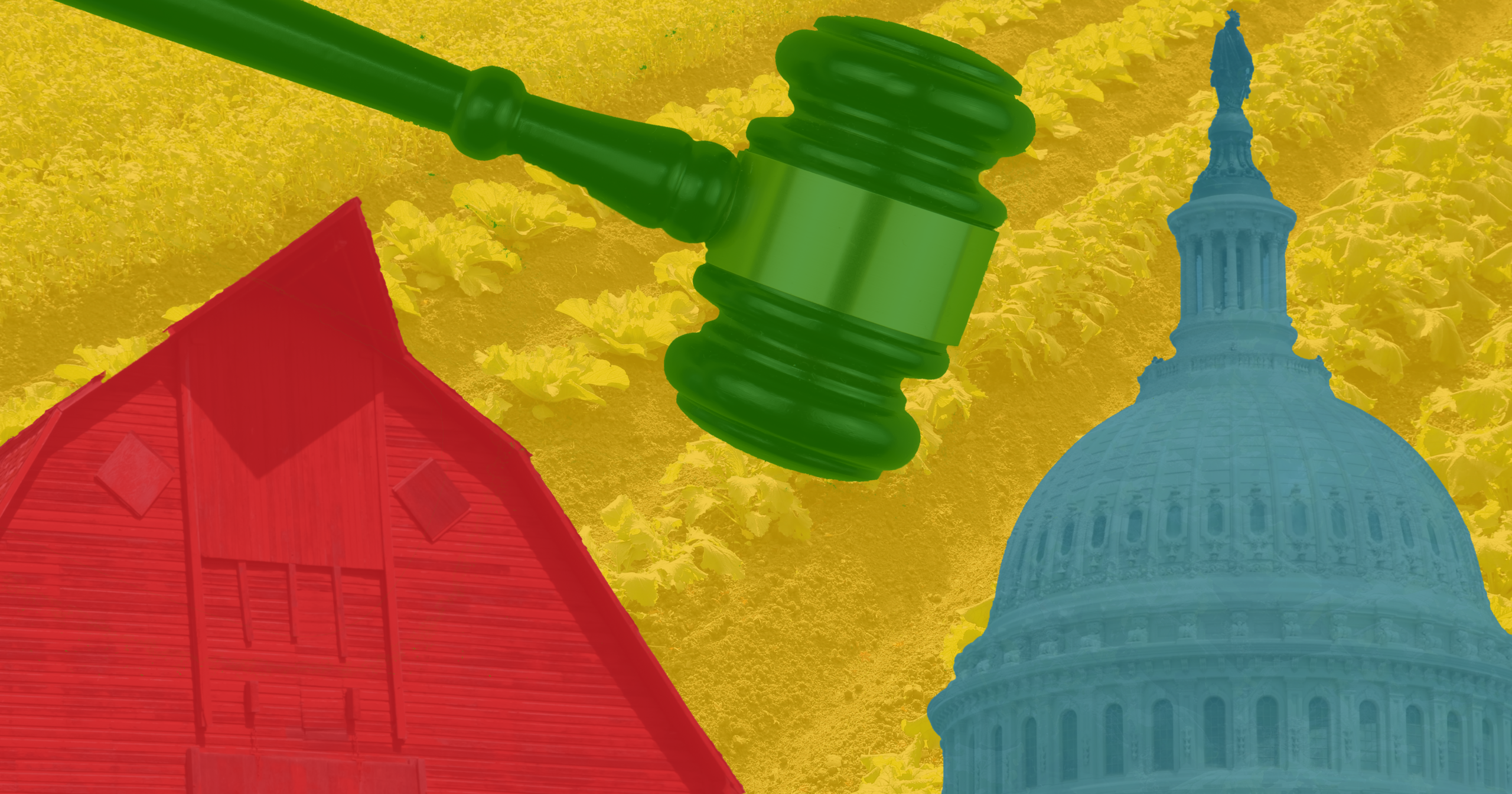By Brett Rapkin-Citrenbaum, Slow Food USA Farm Bill Community Organizer

The Farm Bill is not only the largest piece of legislation to dictate our food systems in the US, but it’s one of the most epic bills to pass through Congress. Every five years, our elected members of Congress draft, review and negotiate hundreds of pages of legislation to determine who grows our food, what is grown, how it’s grown, and who has access. We need to understand the Farm Bill and its impacts in order to connect with our legislators to make sure this year’s plan leads us toward better, cleaner and fairer food for all. But where to begin? Here are five key concepts that will help clarify what the Farm Bill is and how it works.
Authorizing Language
Authorizing language is the wording that shapes or modifies the exact terms of a program. Sometimes the language is really specific, but often details are left out and have to be worked out later by the US Department of Agriculture, which oversees implementation of the Farm Bill. Authorizing language determines not only what a program does, but also who can access it and how. For example, The Beginning Farmer and Rancher Development Program focuses on training the next generation of farm workers. The bill explicitly says that applicants must be “collaborative state, tribal, local, or regionally based networks or partnerships”, so an individual cannot apply. The bill also dedicates “5 percent of annual funds for projects serving primarily limited resource and socially disadvantaged farmers and ranchers.” These decisions are crucial in deciding who will benefit from a program and what goals will be achieved; therefore, the authorizing language has a ton of power, both in what is said, and what is left out.
Mandatory and Discretionary Funding
There are two main types of funding in the farm bill. The first — mandatory funding — is exactly what it sounds like: the program is automatically funded until the next Farm Bill passes. The second — discretionary funding — are funds that Congress has approved but will not set aside money for until appropriations. The decision about how much a program with discretionary funding will receive happens annually when Congress finalizes their budget. That means that if a program gets discretionary funding, they are not guaranteed to receive the same amount of funding every year. Furthermore, if the Farm Bill is not reauthorized in five years’ time, discretionary funded programs will cease, whereas mandatory funded programs, like SNAP, continue on without change.
Farm Bill Titles
There are 12 Titles in the Farm Bill. Each Title addresses a specific aspect of food, farm, or rural policy. The number and names of the titles vary, but they are typically the following 12: (I) Commodities; (II) Conservation; (III) Trade; (IV) Nutrition; (V) Credit; (VI) Rural Development; (VII) Research, Extension, and Related Matters; (VIII) Forestry; (IX) Energy; (X) Horticulture; (XI) Crop Insurance; (XII) Miscellaneous. By far, the largest Title is Nutrition. Crop Insurance, Commodities, and Conservation make up the next largest, with everything else combined at about 1% of total Farm Bill spending. These four Titles are seen as the “engines” of Farm Bill, because they make the Farm Bill a must-pass piece of legislation, and therefore pull programs from the other Titles along with them.
Marker Bills
Marker Bills are pieces of legislation not meant to be passed on their own, but rather incorporated into a larger piece of legislation (like the Farm Bill) or to influence the bill. They are the most effective way to introduce a new idea or improve an existing program. Representatives can “sign on” to a marker bill to indicate their support that the bill is included.
Racial Equity in the Farm Bill
It is very important to talk about what the Farm Bill has never addressed: the fact that the US food system is built upon land stolen from Indigenous people and cultivated by the forced labor of enslaved African people. This isn’t ancient history. When we examine authorizing language in the Farm Bill, we need to use a lens of racial equity to ensure that our nation’s grim history is not repeated. We can do this by advocating for mandatory funding for programs supporting marginalized farmers, ensuring SNAP continues to be accessible to everyone who needs it, and holding the USDA accountable to providing grants equitably.
Want to Learn More?
The Farm Bill is an overwhelming piece of legislation that can be hard to wrap your head around. Finding trustworthy organizations to learn from is the best way to build your knowledge base around The Farm Bill. Slow Food USA sees its values in the National Sustainable Agriculture’s Farm Bill Priorities and is an active member of this critical coalition of farmers and food justice advocates. You can also check out their member list to see what organizations in your area are active in advocating for a more just Farm Bill or ask your local chapter how they are activating around the Farm Bill.

